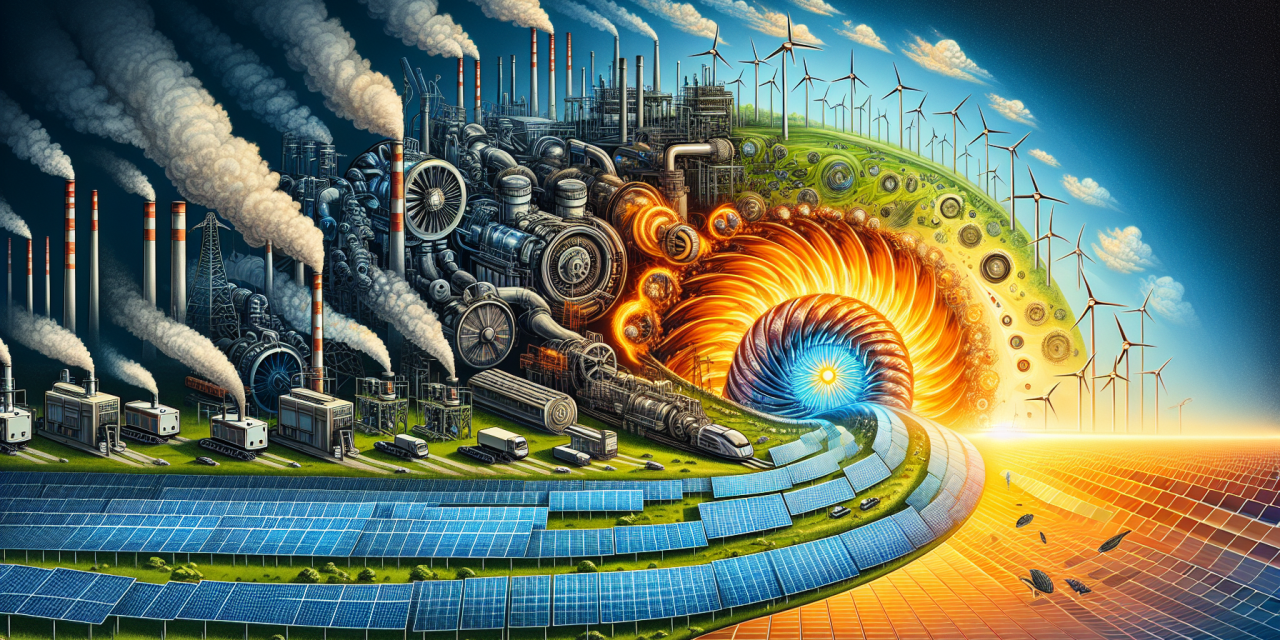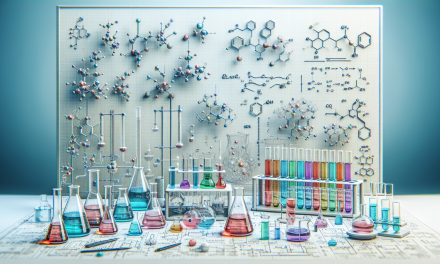Table of Contents
- Introduction
- Gas Turbines: The Backbone of Modern Power Generation
- Co-Generation: Maximizing Efficiency
- Combined Cycle Plants: Bridging the Gap
- Wind Energy: Harnessing Nature’s Power
- Solar Power: A Bright Future
- The Future of Energy
- FAQs
- Conclusion
Introduction
Power generation has undergone a remarkable transformation over the past few decades. With the increasing demand for energy, environmental concerns, and advancements in technology, various methods of generating electricity have emerged. Among these, gas turbines, co-generation, combined cycle, wind, and solar energy stand out. Each of these methods contributes to a diverse energy portfolio, helping us to adapt to changing needs and promoting sustainability.
Gas Turbines: The Backbone of Modern Power Generation
Gas turbines are a vital component of many power generation systems worldwide. To begin with, they operate on a relatively simple principle: burning natural gas to produce thrust, which then drives a generator to produce electricity. This straightforward approach results in a highly efficient process, boasting efficiencies upward of 60% in combined cycle applications.
Moreover, gas turbine technology continues to evolve. Modern designs feature advanced materials that can withstand higher temperatures and pressures, enhancing performance. Not only do they provide high efficiency, but gas turbines also have the advantage of quick ramp-up times, which helps utilities meet fluctuating demand. Consequently, they serve as reliable backup for renewable sources, ensuring grid stability.
Environmental Impact of Gas Turbines
While traditional fossil fuel power sources are often criticized for their environmental impact, gas turbines are cleaner alternatives. They emit significantly fewer carbon dioxide emissions compared to coal and oil, making them a more sustainable choice. Furthermore, as technologies advance, emission controls and carbon capture solutions will likely improve, enabling us to harness gas turbines more responsibly.
Co-Generation: Maximizing Efficiency
Co-generation, also known as combined heat and power (CHP), represents an efficient way of generating electricity and useful thermal energy simultaneously. Quite simply, it captures the heat that would typically be wasted during electricity generation and uses it for heating applications. In this way, co-generation systems maximize the use of primary energy sources, delivering both economic and environmental benefits.
Applications of Co-Generation
Industries like manufacturing, food processing, and residential heating can reap significant benefits from co-generation. For instance, a manufacturing facility can use CHP to generate electricity for its operations and utilize the waste heat for process heating or space heating. As a result, co-generation systems can achieve overall efficiencies of up to 80-90%, making them a compelling choice for energy-conscious businesses.
Economic Advantages
Investing in co-generation systems entails upfront costs, yet the long-term savings on energy bills often justify the investment. Moreover, businesses may qualify for various incentives and rebates, further enhancing the economic appeal. As maximizing energy efficiency becomes increasingly crucial in today’s competitive landscape, co-generation systems stand to play a significant role.
Combined Cycle Plants: Bridging the Gap
Combined cycle technology intertwines gas and steam turbines to generate electricity more efficiently. Essentially, waste heat from the gas turbine fuels a steam turbine, harnessing energy that would otherwise dissipate. This dual approach improves overall efficiency and reduces emissions.
The Advantages of Combined Cycle
The flexible nature of combined cycle plants makes them an attractive option for energy production. They can quickly respond to sudden changes in electricity demand, thus providing grid support and stability. Additionally, their lower operational costs compared to traditional coal plants make them popular choices in energy markets across the globe. Furthermore, they can work alongside renewable energy sources, smoothing out fluctuations and ensuring a reliable energy supply.
Efficiency Ratings
Combined cycle power plants can achieve efficiency rates of above 60%, significantly higher than traditional coal or natural gas plants. The integration of innovative technologies and renewable energy sources is likely to enhance these efficiency rates even further, illustrating a promising future for this power generation approach.
Wind Energy: Harnessing Nature’s Power
Wind power is one of the fastest-growing energy sources globally. Turbines capture kinetic energy from wind and convert it into electricity. Particularly, onshore and offshore wind farms contribute significantly to the energy mix, providing clean and renewable energy that reduces dependency on fossil fuels.
Benefits of Wind Energy
Various benefits accompany the use of wind energy. First and foremost, it is an inexhaustible resource, offering energy without depleting natural resources. Secondly, wind energy generates minimal greenhouse gas emissions compared to fossil fuel sources, aiding in combating climate change. Furthermore, wind energy projects often stimulate local economies by creating jobs and enhancing energy independence.
Technological Advancements
Wind turbine technology continues to advance, with larger and more efficient turbines being developed. These modern turbines can generate electricity even at lower wind speeds, broadening the feasibility of wind energy across diverse regions. Consequently, as technology improves, wind energy can become a more significant component of a sustainable energy portfolio.
Solar Power: A Bright Future
Solar energy stands as another pillar in the evolution of power generation. Photovoltaic (PV) cells and solar thermal systems empower individuals and businesses to harness sunlight for electricity. With more affordable prices and better efficiency, solar technologies have become increasingly accessible to homeowners and industries.
Advantages of Solar Energy
Solar energy is abundant, modular, and versatile. From small rooftop systems to large-scale solar farms, there are various ways to utilize this resource. Importantly, solar power generates no emissions during operation, leading to cleaner air and a healthier environment.
The Role of Solar in the Future
As technology advances, solar energy continues to gain momentum. Governments and businesses worldwide are investing in solar projects, recognizing the long-term benefits of this renewable source. These developments are laying the groundwork for a sustainable energy future.
The Future of Energy
The energy landscape is continuously shifting, driven by technological advancements and societal needs. As we explore modern power generation methods, it becomes evident that integrating various sources—including gas turbines, co-generation, combined cycle, wind, and solar—forms the backbone of a sustainable energy future.
To dive deeper into these topics and explore responsible choices, consider resources such as the Modern Power Generation: Gas Turbines & Renewables Course. It provides insights and skills necessary to navigate the evolving energy sector efficiently.
FAQs
What are the main advantages of gas turbines?
Gas turbines offer high efficiency, quick startup times, and lower emissions compared to traditional fossil fuels. These benefits make them suitable for balancing demand fluctuations and supporting renewable energy systems.
How does co-generation improve energy efficiency?
Co-generation captures waste heat during the electricity generation process, allowing for both electrical and thermal energy production. This dual-output system maximizes energy use and can achieve efficiencies of up to 90%.
Why is combined cycle technology crucial for modern energy needs?
Combined cycle plants enhance efficiency by using waste heat to generate additional electricity. Their flexibility to adjust output according to demand makes them essential in today’s energy landscape.
What role does wind energy play in renewable energy?
Wind energy is a clean, renewable resource that reduces dependency on fossil fuels and lowers emissions. It is an important part of a diverse energy portfolio that helps combat climate change.
How is solar energy beneficial for the environment?
Solar energy is renewable and generates no emissions during operation. By utilizing solar power, individuals and businesses can contribute to cleaner air and a more sustainable environment.
Conclusion
In summary, the evolution of power generation focuses on diverse energy solutions to cater to the burgeoning energy demand. By utilizing gas turbines, co-generation, combined cycle, wind, and solar technologies, we can secure a sustainable and reliable energy future. As challenges emerge, a multi-faceted approach will ensure energy efficiency and reduced environmental impact.
Ultimately, understanding and adapting to changes in power generation will empower us to harness innovative solutions for the benefit of future generations. Explore more about these themes by reading The Future of Energy: Innovations in Power Generation Technologies. For businesses seeking growth, consider strategies highlighted in Unlocking Business Potential: A Comprehensive Guide to Training Needs Analysis and Evaluation and further your management skills through opportunities found in Unlocking Potential: A Journey Through Management Skills and Techniques Training Conferences, or by joining Unleashing Leadership Potential: Join the Leading with Excellence Conference and Workshop. Lastly, nurture your leadership skills with insights from Harnessing Leadership: Innovation and Enterprise Skills for Future Success.





